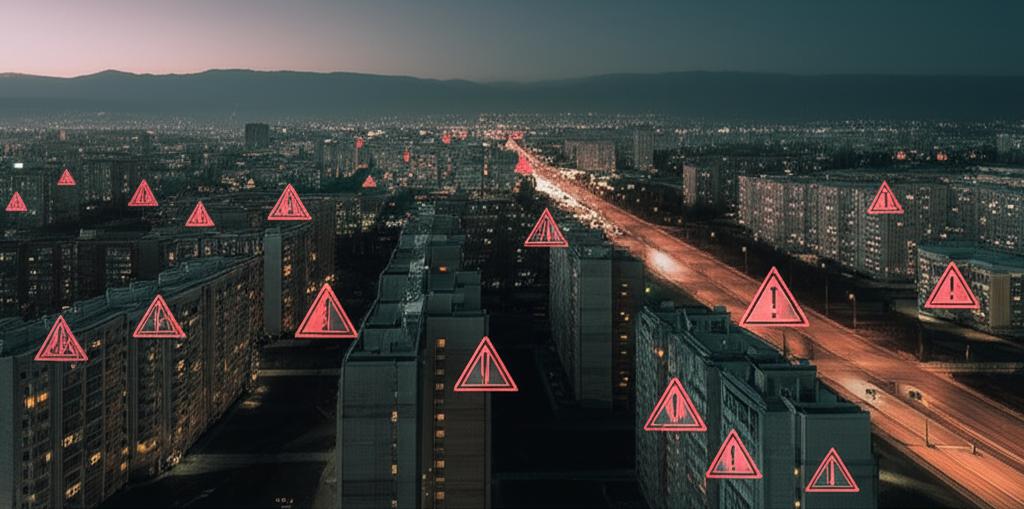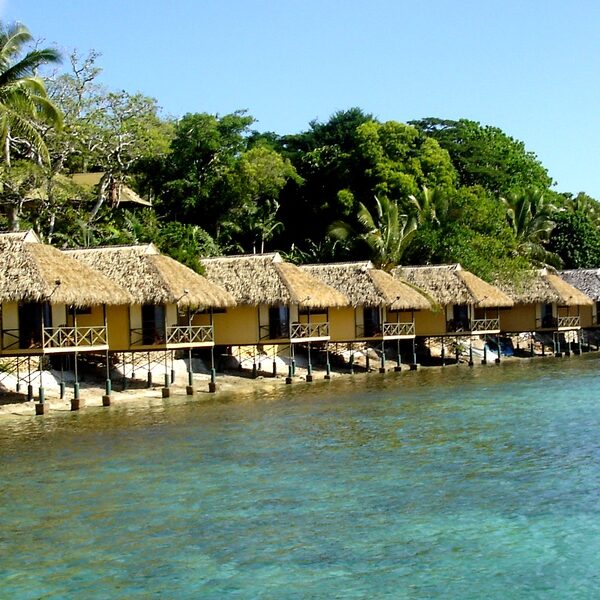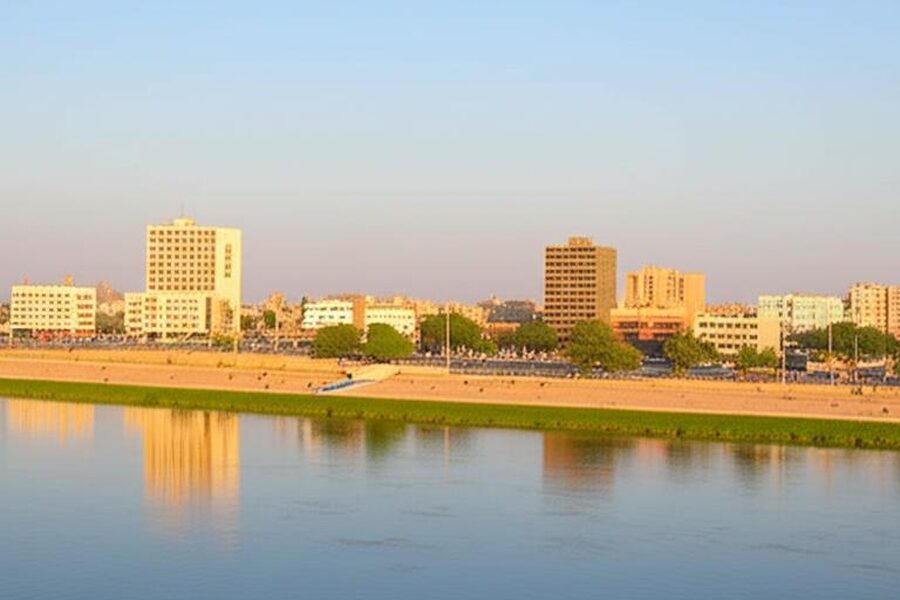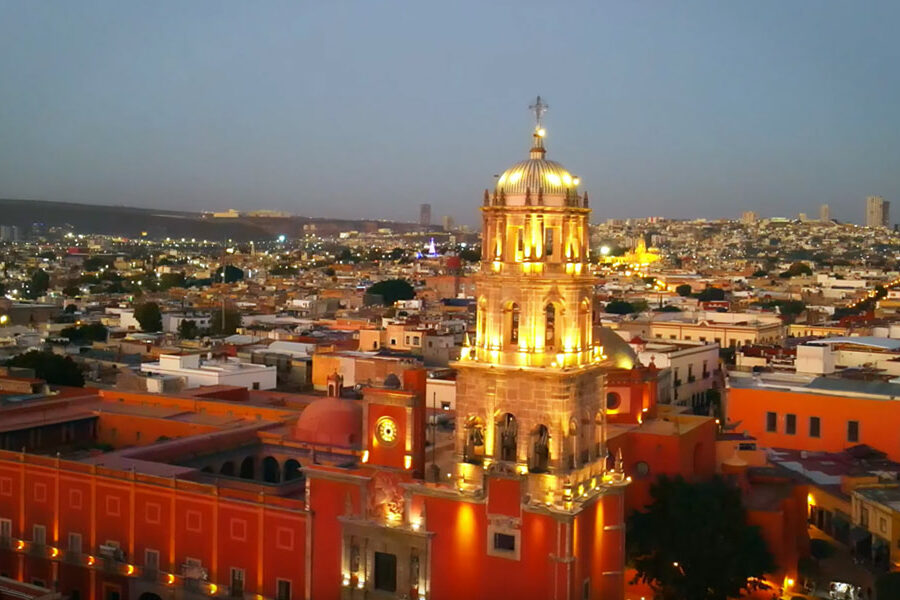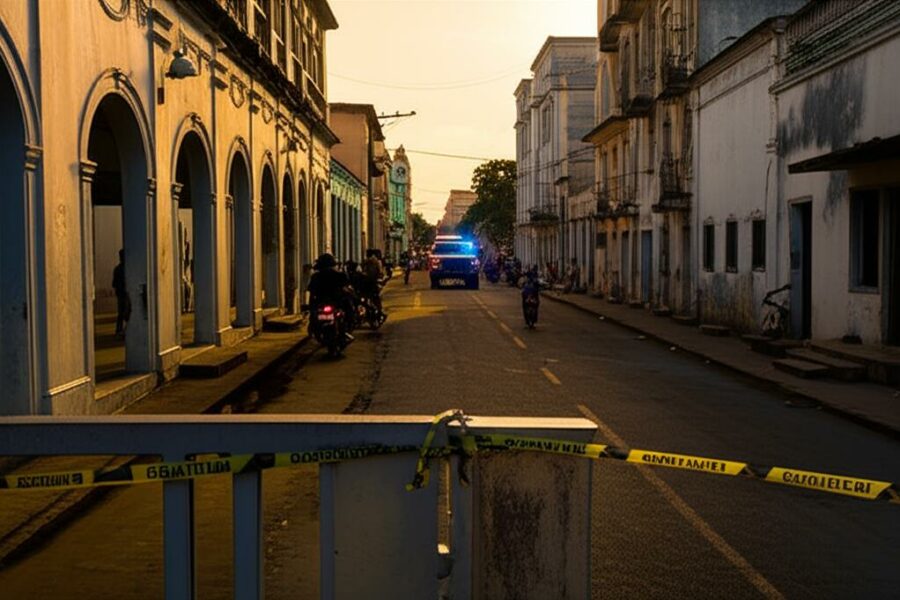After Kazakhstan declared independence on December 16, 1991, rapid urban shifts reshaped city life—some metro areas expanded faster than local services and policing could keep up.
That fast growth helps explain why patterns of urban risk today are uneven across a country of roughly 19 million people (2024 estimate). Travelers, expatriates, local residents and policymakers all have a stake in understanding where danger concentrates and why.
This piece lists 12 cities where safety risks are relatively elevated, explains the main drivers behind those risks, and offers practical, data-backed guidance for everyday choices. It draws on population patterns, known crime trends, and environmental or infrastructure vulnerabilities to give clear, usable advice.
Below are 12 cities grouped by the main risk drivers: crime patterns, socioeconomic pressures, and infrastructure/environmental threats.
Crime patterns and urban safety
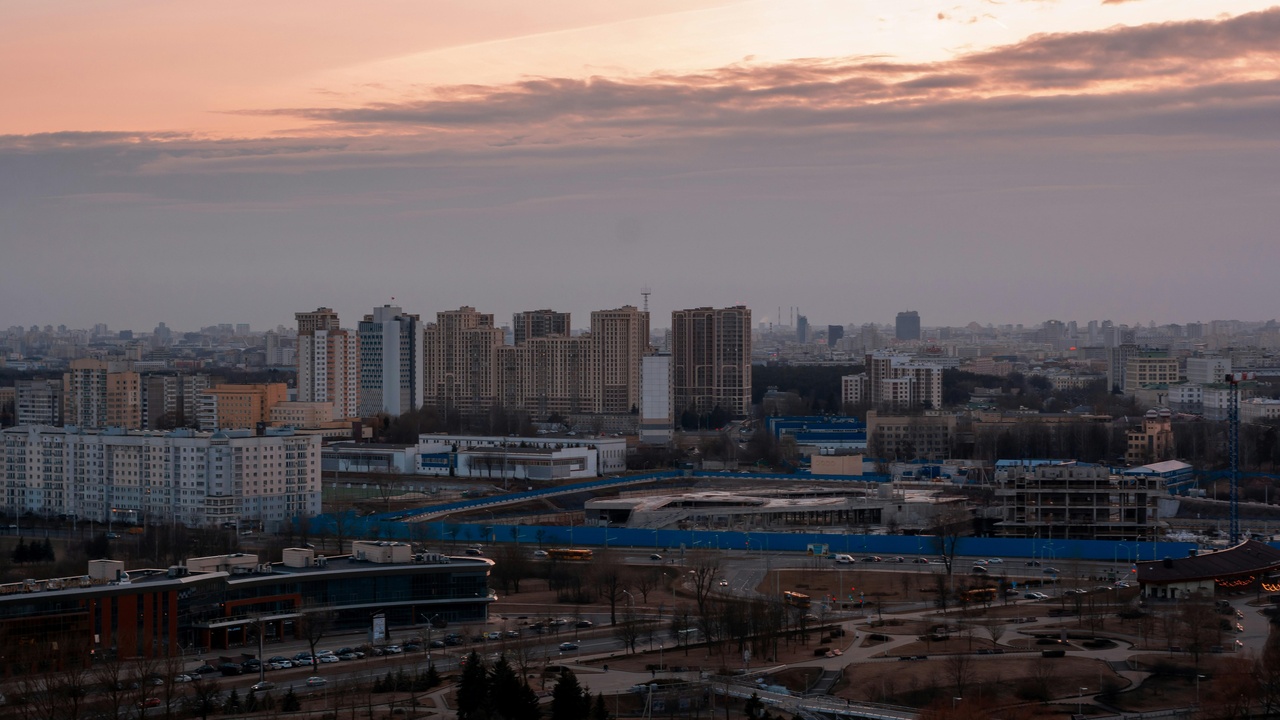
Traditional crime patterns—organized groups, opportunistic petty theft and occasional violent incidents tied to nightlife—shape risk in Kazakhstan’s largest cities. Nighttime entertainment districts and major transport hubs concentrate both targets and offenders, so incident counts rise where people gather.
Population density matters: Almaty (~1.9 million), Nur‑Sultan (~1.2 million), Shymkent (~1.0 million) and Karaganda (~497,000) register the highest volumes of reported incidents simply because more people move through commercial zones and transit nodes.
Law enforcement has shifted toward neighborhood policing and digital reporting in recent years, with pilot programs and broader rollouts occurring after 2015 to improve patrol coverage and response times. That said, official crime reports can undercount minor thefts—compare police data with local station bulletins, embassy advisories and community forums for a fuller picture.
Read patterns rather than single numbers: if nightlife, transport hubs or dense markets are part of your itinerary, expect higher petty-crime risk and plan accordingly.
1. Almaty — Nightlife and petty crime hotspots
Almaty, Kazakhstan’s largest city with roughly 1.9 million residents (2020 estimate), features lively nightlife and tourism routes that attract both locals and visitors.
Police and community reports note higher counts of pickpocketing and bag‑snatching around popular areas such as Panfilov Park, Dostyk Avenue and the Zhibek Zholy pedestrian zone, as well as at busy transport nodes.
Practical steps: use licensed taxi apps or hotel-arranged rides at night, keep valuables secured in front‑facing pockets or money belts, and avoid poorly lit side streets after closing time.
2. Nur-Sultan (Astana) — Transit-related incidents
Nur‑Sultan’s role as a political capital and transport hub (population roughly 1.2 million) means crowded stations and busy marketplaces where opportunistic thefts and occasional assaults have been reported.
The concentration of government buildings and business visitors also brings transient crowds around central bus and rail terminals, increasing pickpocket and luggage‑theft reports.
For diplomats and business travellers: allow extra time, rely on hotel-arranged transport after dark, and follow embassy or hotel safety briefings; long-term residents should register with local authorities where required.
3. Shymkent — Urban growth and informal economies
Shymkent has expanded quickly to around 1.0 million people, putting pressure on housing, services and formal employment.
Rapid urbanization is linked to higher property crime in informal neighborhoods and friction in busy market corridors where informal trade concentrates foot traffic and petty opportunism.
Advice: stay in well-established accommodation, avoid unsecured ATMs, carry minimal cash, and connect with a local contact or community group if you plan an extended stay.
4. Karaganda — Industrial-city crime dynamics
Karaganda’s industrial legacy and social changes continue to shape local risk; recent estimates put its population near 497,000.
Economic transitions in mining towns can increase violent incidents and substance-related problems, particularly around shift changes and on the outskirts where worker housing and industrial sites meet.
Keep to well-lit main roads when traveling after dark, avoid isolated industrial zones, and follow employer safety protocols including company escorts or shuttle services when required.
Socioeconomic drivers of danger
Local unemployment, boom‑and‑bust cycles and transitory labor markets are powerful drivers of crime and social tension. When resource prices fall, jobs tied to oil and mining can vanish quickly, straining municipal services and pushing some people toward informal economies.
The 2014–2016 oil downturn is a clear example: regions dependent on hydrocarbon revenue saw sharp revenue drops and higher local unemployment, which in turn correlated with spikes in property crime and social grievances.
Policymakers and NGOs have responded with youth programs, retraining and community policing pilots in affected oblasts, which can reduce risks over time but take funding and coordination to scale.
For residents, the practical implications are simple: support local neighborhood initiatives, report small crimes early, and use municipal hotlines that connect people to services before problems escalate.
5. Pavlodar — Post-industrial social strain
Pavlodar’s industrial history means factory closures or scaled‑back production can ripple through local communities, with property and substance-related crime rising as employment options shrink.
Regional employment data show manufacturing declines in parts of the 2010s, and municipal authorities have promoted neighborhood watch groups and youth programs to fill gaps.
Community-level advice: join or support local watch schemes, use municipal hotlines to report suspicious activity, and engage with NGOs offering after-school programs for young people.
6. Aktobe — Cross-border flows and illicit trade
Aktobe sits on key transit routes and sees heavy truck and trade traffic, factors that feed smuggling and informal markets in certain districts.
Border-region crime dynamics tend to increase where enforcement is uneven; authorities have run interdiction campaigns in recent years to curb illicit trade along major corridors.
Practical precautions: consult local advisories before buying second‑hand or high‑risk goods, keep travel documents on you, and use secure parking and vetted carriers for freight movements.
7. Atyrau — Oil wealth, inequality, and urban risk
Atyrau’s economy is dominated by oil, and the influx of workers and cash can create stark inequality between company compounds and surrounding neighborhoods.
The oil sector employed tens of thousands across the region by the 2010s, and the 2014–2016 price slump illustrated how quickly local labor markets can be affected—raising pressure on housing and public services.
Follow employer security guidance, avoid isolated worker settlements unless accompanied, and register with corporate or municipal alert systems if you live or work in the area.
8. Oskemen (Ust-Kamenogorsk) — Borderlands and illicit economies
Oskemen’s position in the northeast makes it part of cross-border trade flows with Russia, and gray markets for fuel and consumer goods can develop around truck stops and checkpoints.
Local police maintain checkpoints and registration procedures for long‑haul drivers; these measures reduce risk but require compliance to be effective.
Drivers and marketplace visitors should keep clear documentation, use secure rest areas, and follow instructions at checkpoints to avoid becoming targets for corruption or illicit actors.
Environmental and infrastructure risks
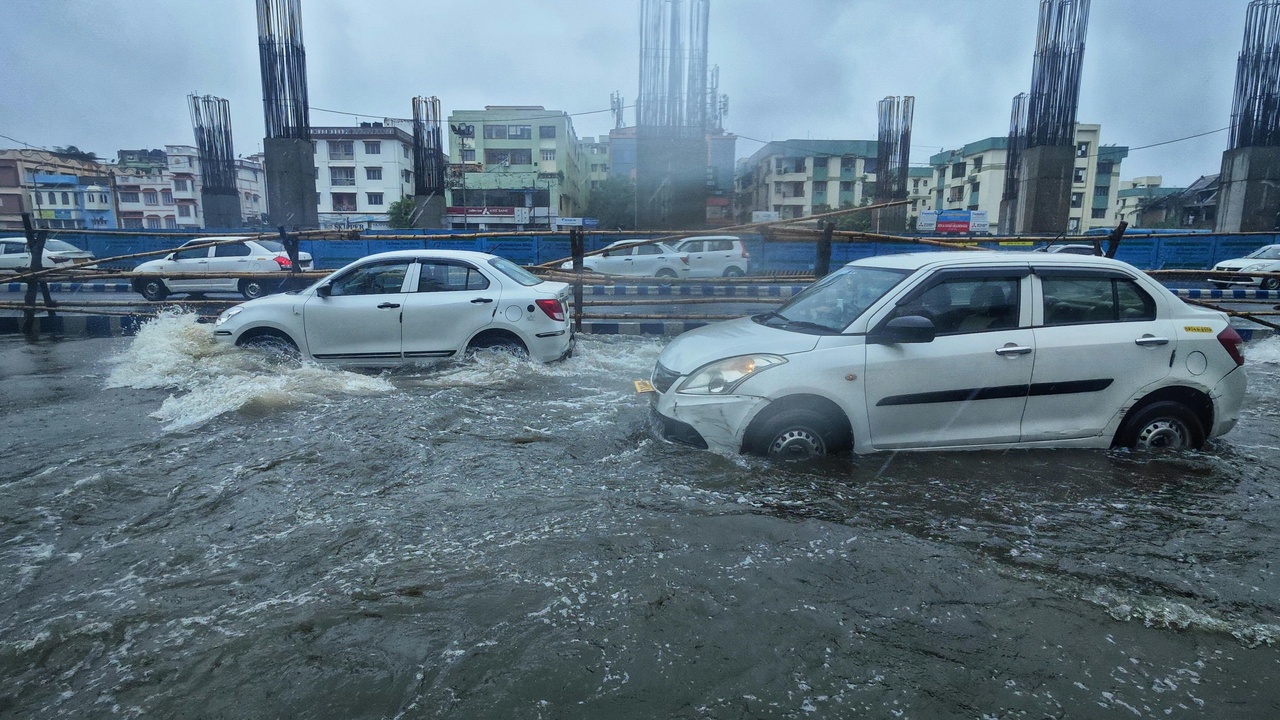
Non-crime threats—industrial pollution, legacy contamination, poor road design and flood-prone neighborhoods—raise the overall danger in several cities. Infrastructure deficits like limited street lighting, absent sidewalks and stretched emergency services increase exposure to harm.
Traffic fatalities rise where road design and winter conditions combine with inadequate maintenance; seasonal floods or legacy industrial contamination create long‑term public‑health burdens that affect resilience.
One dated environmental fact: the Semipalatinsk test range ceased major testing in 1989, but monitoring and remediation remain ongoing. Residents should follow municipal advisories, and responders should invest in better early‑warning and emergency capacities.
Practical household measures include registering for local alerts, avoiding poorly lit routes at night, and keeping basic emergency kits where infrastructure is thin.
9. Semey (Semipalatinsk) — Environmental legacy concerns
Semey sits near the former Semipalatinsk nuclear test site, which was active from 1949 to 1989; this legacy affects health monitoring and community vulnerability.
Authorities and international partners have run community screening programs and designated restricted zones; signage and local guidance mark areas to avoid.
Residents and visitors should heed local health advisories, participate in screening where offered, and avoid clearly marked restricted lands.
10. Kostanay — Road safety and winter hazards
Kostanay faces elevated road‑traffic risks in winter, with the November–March months posing the greatest danger due to ice, snow and long intercity stretches with limited lighting.
Many accidents occur on rural links at night; intercity bus operators with strong safety records provide a safer alternative to self‑drive in winter.
Advice: avoid night driving in winter, fit winter tires, and choose daytime buses or trains on maintained routes whenever possible.
11. Taraz — Flooding and aging infrastructure
Taraz experiences seasonal flooding during spring thaw, and aging drainage and bridge infrastructure can worsen localized impacts.
Municipalities often run alert systems and community sandbagging in high‑risk years; residents in low‑lying neighborhoods remain the most exposed.
Register for municipal alerts, avoid flood-prone areas during spring, and keep a basic emergency kit and evacuation plan on hand.
12. Kyzylorda — Water shortages and public-health risks
Kyzylorda faces intermittent water-supply challenges and periodic concerns about water quality, prompting municipal upgrade projects in recent years to stabilize supply.
When authorities issue advisories, residents and travelers should use bottled or boiled water and follow public‑health notices until systems are confirmed safe.
Longer-term fixes require infrastructure investment, but short-term precautions—stocking safe water and enrolling in local alerts—reduce immediate risk.
Summary
Urban risk in Kazakhstan reflects three overlapping drivers: concentrated crime patterns in nightlife and transit zones, socioeconomic shocks tied to resource and industrial cycles, and environmental or infrastructure vulnerabilities that raise day‑to‑day hazards.
Individual safety improves quickly with a few consistent habits: use official transport, avoid high‑risk areas at night, register for local alerts, and support community reporting mechanisms.
- The most dangerous cities in Kazakhstan tend to cluster where nightlife, transport hubs and informal economies concentrate targets; stay alert in those zones.
- Socioeconomic strains from boom‑and‑bust cycles and cross‑border trade drive localized spikes in property and illicit‑market crime; community programs and employer security help mitigate risk.
- Environmental and infrastructure threats—flooding, legacy contamination, poor road safety—require preparedness: subscribe to municipal alerts, keep emergency kits, and avoid restricted or flood‑prone areas.
- Officials and community groups can reduce harm by investing in targeted policing, youth services, and infrastructure upgrades; residents can support these efforts by reporting issues and joining local initiatives.

